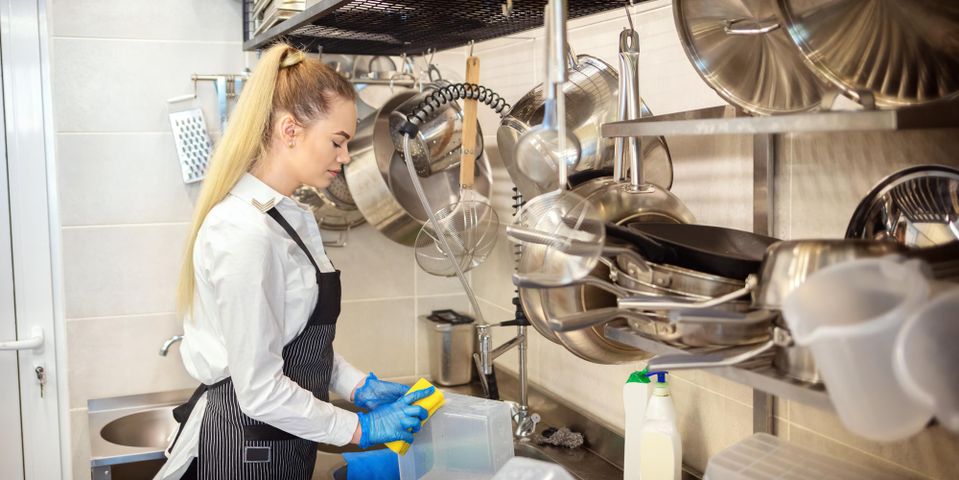
Fat, oils, and grease aren’t great for your heart, but they can be even worse for plumbing and sewer systems. As these substances cool, they harden into thick deposits that trap other materials, eventually creating stubborn clogs that can cause backups and even broken pipes. To keep these substances out of municipal systems, most areas require restaurants and other businesses to install grease traps designed to collect fat and oil.
How Do Grease Traps Work?
A grease trap is a device attached to the plumbing system designed to filter food waste and grease out of wastewater before it goes into the sewer.
The most popular designs consist of a series of chambers connected by baffles, which slow down the flow of water. Oil and grease float on the surface while heavier food particles sink, so only the water can enter the sewer pipe.
Why Are Grease Traps Important?
 Even the largest municipal sewage system can be totally blocked by solidified fat, potentially causing tens of thousands of dollars in damage.
Even the largest municipal sewage system can be totally blocked by solidified fat, potentially causing tens of thousands of dollars in damage.
Fat deposits also make the sewage system more attractive to cockroaches, rats, and other pests, not to mention foul odors that can affect people all over town. This is why most towns and cities mandate the use of grease traps in every commercial kitchen.
How Effective Are Grease Traps?
Although the principles behind grease traps might seem fairly simple, they’re actually extremely effective at removing grease, oil, and fat. In fact, although these devices have evolved slightly over the years, the basic design has remained relatively unchanged since the Victorian era.
For over 50 years, restaurants, bars, and manufacturers throughout Central Kentucky have relied on Wilson & Roy Construction Inc. for high-quality work at affordable rates. From custom septic to grease trap installation, they do it all, with 24-hour service and results you can count on. Visit their website for an overview of their installation services or call (606) 636-6457 to discuss your project and request an estimate.
About the Business
Have a question? Ask the experts!
Send your question

